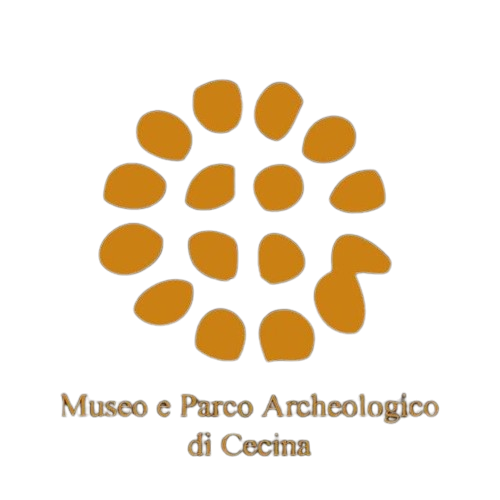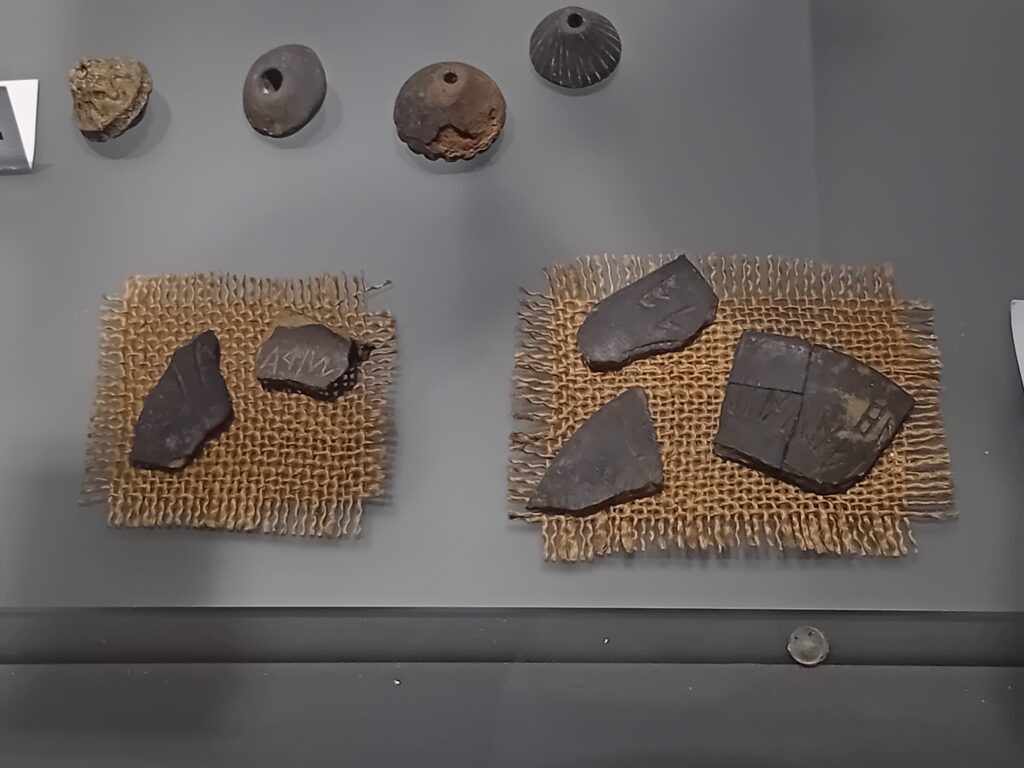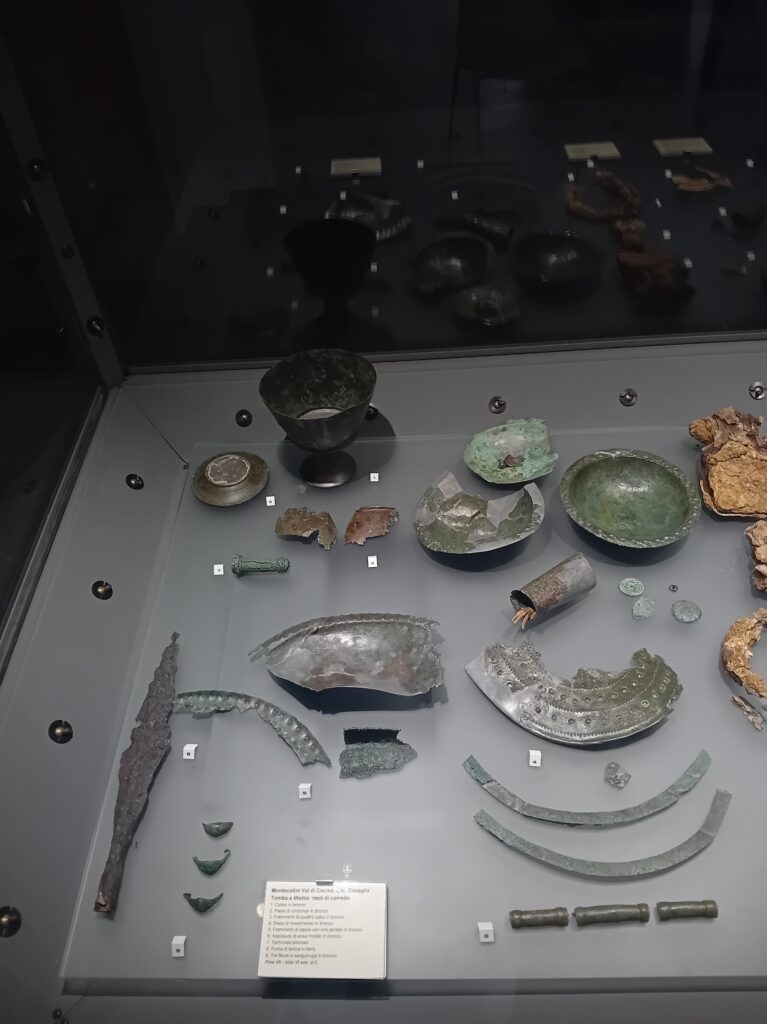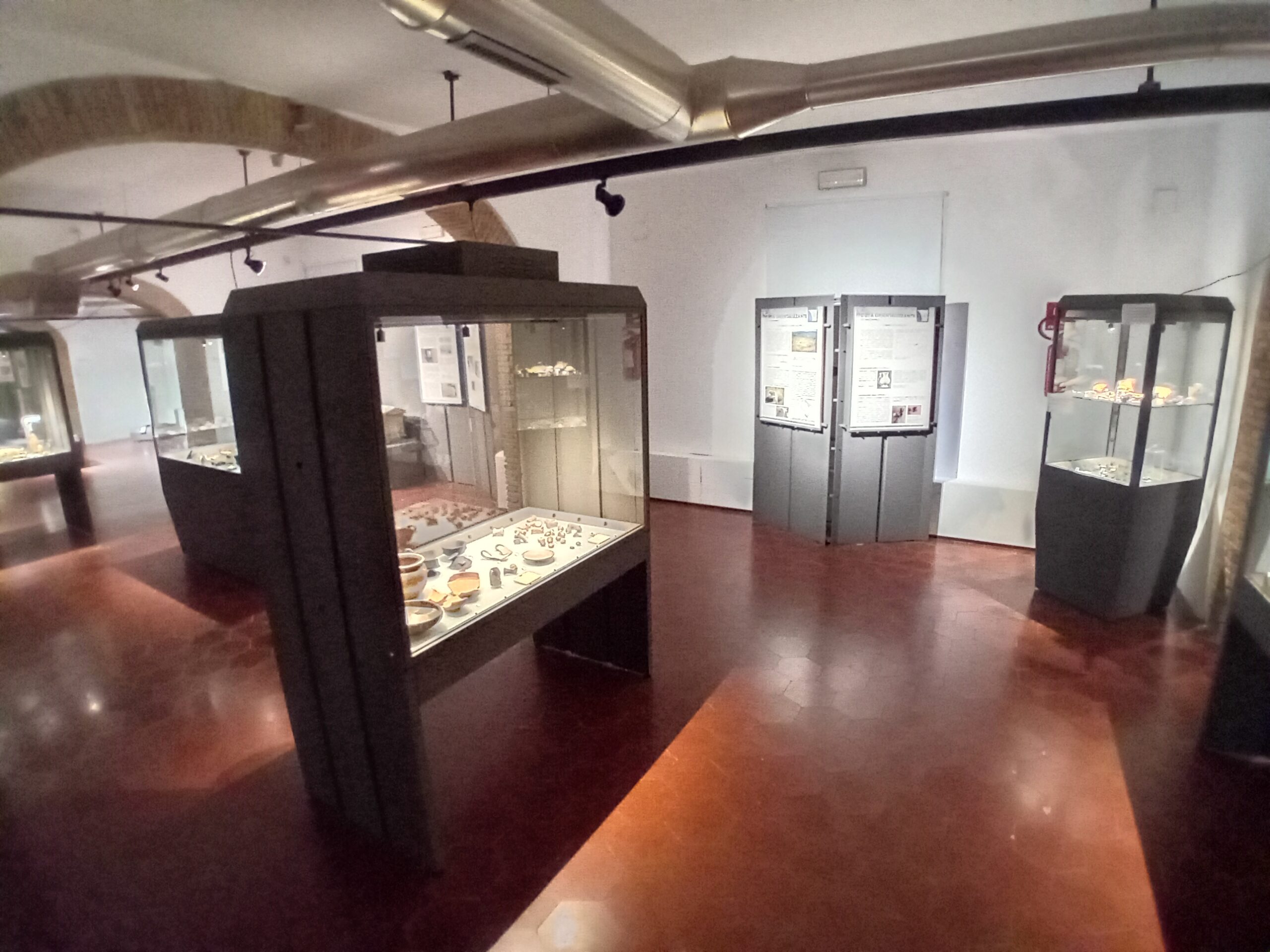
Halls V – VI | 5 – 6
Inside the little case on the right you can see finds from the Etruscan settlement of Casalvecchio.
The settlement of Casalvecchio, located in a small hill to the east of the current center of Casale, had considerable success.
The wealth of the community that settled here was determined by the position of the site itself, from which it is possible to dominate a large stretch of the Cecina River valley until the town of Volterra, and the coastal strip that extends south of the river mouth.
On the terrace below the highest part of the relief – the so-called “Acropolis” – there was a village of huts, dating back to the end of the 8th century. B.C.; around the middle of the 7th century. B.C. a building with stone foundations was built, inhabited by the family that dominated the settlement and the surrounding territory.
A few decades later the structure was enlarged and equipped with a tiled roof, decorated with painted terracotta slabs and ante-fixes with a Gorgon head. In altri casi sono presenti doni funerari provenienti da tombe a camera utilizzate tra il VII e l’inizio del VI secolo a.C.. Vasi di metallo, armi, bucchero e ceramica importati dalla Grecia testimoniano l’esistenza di una classe sociale aristocratica che viveva nella valle del fiume Cecina.
In next cases there are funeral gifts from chamber tombs used between 7th and early 6th century b.C.. Metal vases, weapons, bucchero and pottery imported from Greece testify the existence of an aristocratic social class living in the valley of Cecina River.
Starting from the mid-7th century. B.C. A new type of funerary monument spread in the Volterra area and in Valdarno, used by the aristocracies who exercised their power over the countryside. These are the so-called “tholos” tombs, family tombs consisting of a circular chamber stone, covered by clay mounds and accessible by means of long corridors (dromoi). The location of the tholoi was chosen so as to enhance their visibility and allow anyone to understand which family group held power in that particular territory.
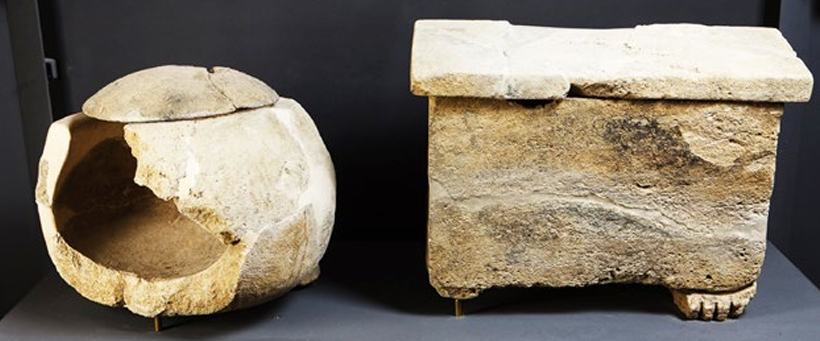
Along the Cecina valley and in the coastal plain south of its mouth numerous tombs of this type (Casaglia, Casale Marittimo, Aia Vecchia, Ghinchia); some of them were still used at the beginning of the 5th century. B.C.
The Casaglia’s tomb was discovered in 1932 and then in recent years dismantled and repositioned in the park of our museum. When you leave the museum go and see it!
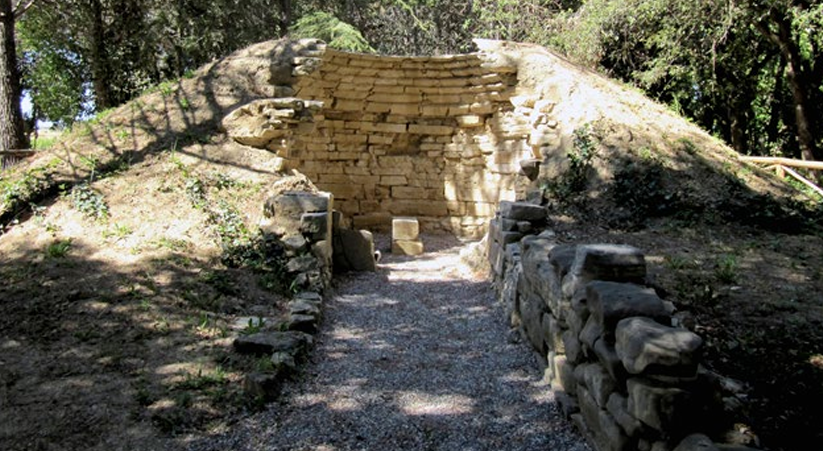
Listen to the audio guide
HALLS V – VI
Part I (1:21)
Part II (1:21)
The audio guide was produced in collaboration with UniTre Cecina A.P.S
We would especially like to thank Luisella Ragoni (Vice President UniTre Cecina A.P.S.) and Sally Tunley (native speaker and English teacher at UniTre Cecina A.P.S.) for their helpfulness and professionalism, which were essential to the creation of this new tool for accessibility to Cecina’s archaeological heritage.
